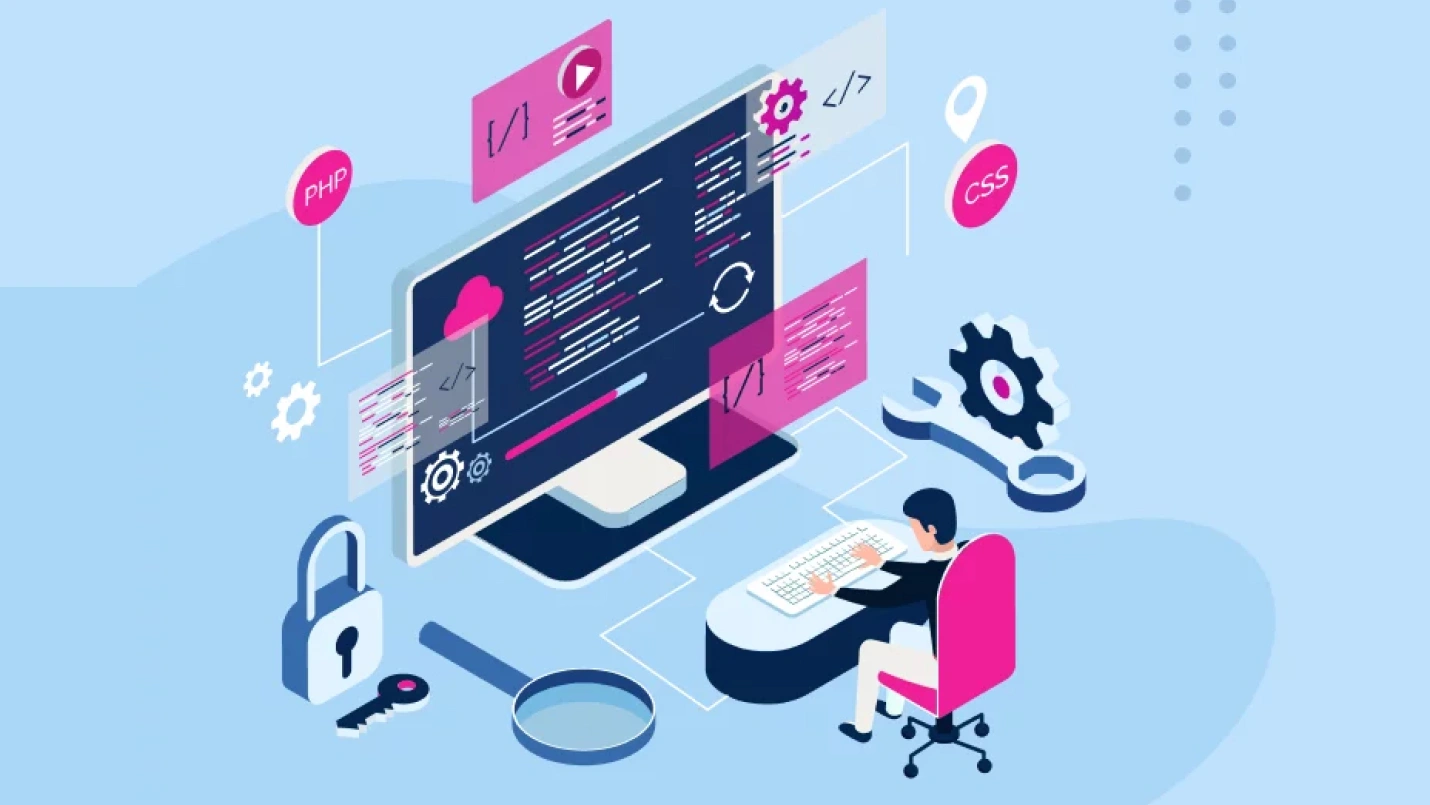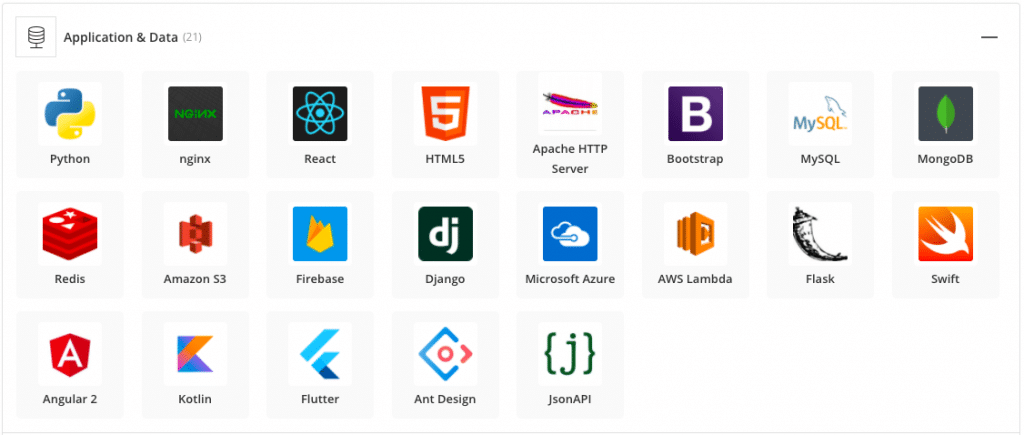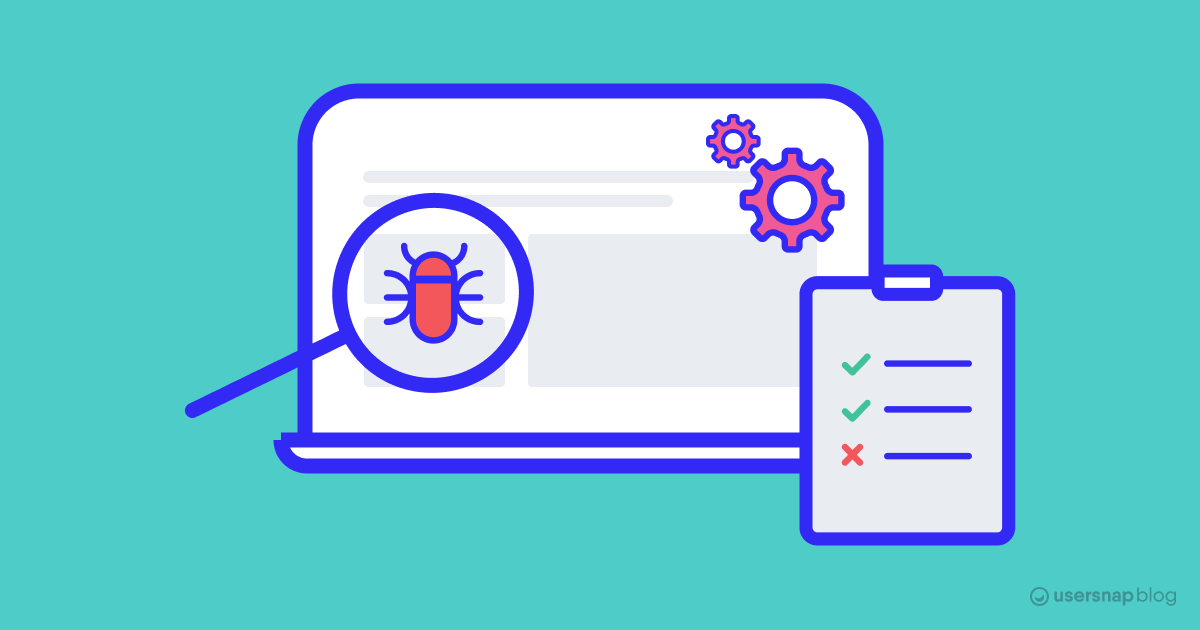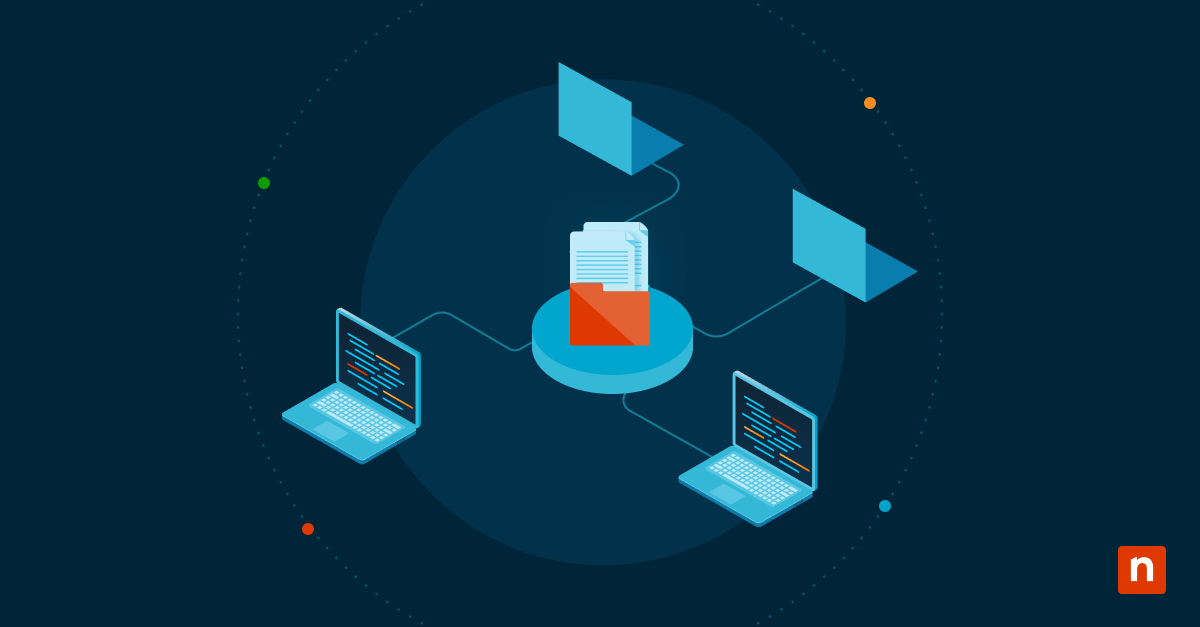
SaaS Development: What To Know in 2025
SaaS Development,
Software as a Service,
Cloud Computing,
Tech Trends 2025,
Scalability
Tue Mar 25 2025
by Hy Phan
SaaS application development is evolving rapidly. What was considered best practice a few years ago might already be outdated. If you’re planning to launch a SaaS product, it’s crucial to understand that success is not just about having a great idea and a capable development team. The landscape is more competitive than ever, with businesses demanding smarter, more scalable, and AI-driven solutions.
What Is SaaS and Why Does It Matter?
Software as a Service (SaaS) refers to cloud-based applications that users can access via a web browser, eliminating the need for installations and manual updates. Unlike traditional software, SaaS products offer seamless updates, flexible pricing, and the ability to scale without major infrastructure overhauls.
Why Build a SaaS Application?
SaaS is more than a trend; it’s a sustainable business model. Here’s why companies prefer it over traditional software:
- Recurring Revenue – Subscription-based pricing ensures stable cash flow.
- Scalability – SaaS platforms can accommodate thousands to millions of users with minimal infrastructure changes.
- Automatic Updates – Users always have the latest features and security patches.
- Global Accessibility – Accessible from any internet-enabled device, removing location barriers.
That said, developing a SaaS platform is not as simple as coding and deploying servers. It requires a strategic approach.
Steps to Building a Successful SaaS Product
1. Validate Your Idea with Market Research

Many startups fail because they build products based on assumptions rather than user needs. Before diving into development, ask:
- Who is my ideal customer?
- What problem does my SaaS product solve?
- Are people willing to pay for this solution?
The best way to validate your idea is by talking to potential users. Conduct surveys, schedule calls, and test demand before committing resources.
2. Define Core Features and Architecture

SaaS products should be lean and effective. Avoid feature bloat and focus on solving a specific problem. Essential features include:
- Secure Authentication – Implement multi-factor authentication (MFA) for security.
- Subscription Management – Handle pricing tiers, billing, and renewals seamlessly.
- Multi-Tenancy – Support multiple customers without performance degradation.
- Data Security & Compliance – Ensure compliance with regulations like GDPR and HIPAA.
- Scalability & Performance – Design for peak loads without service interruptions.
Successful platforms like Slack stand out because they focus on core functionality and seamless integrations rather than trying to do everything.
3. Choose the Right Tech Stack

Selecting the right technology is crucial for performance and scalability. Common choices include:
- Frontend: React.js, Vue.js, or Angular.
- Backend: Node.js, Django, or Ruby on Rails.
- Database: PostgreSQL or MongoDB.
- Cloud Hosting: AWS, Google Cloud, or Azure.
For example, Zoom optimized its backend to prioritize video compression and low-latency performance, making it more reliable than competitors.
4. Develop and Test Efficiently

Adopting an Agile methodology can accelerate SaaS development by enabling continuous iteration. Best practices include:
- CI/CD Pipelines – Automate deployment for faster updates.
- Automated Testing – Catch bugs before they impact users.
- API-First Development – Enable easy third-party integrations.
Stripe became a dominant player in online payments by providing developer-friendly APIs and extensive documentation, setting a standard for SaaS integrations.
5. Plan for Deployment and Scaling

Launching a SaaS product is just the beginning. Ensuring it can handle growth is crucial. Key strategies include:
- Load Balancing – Distribute traffic to prevent server overload.
- Microservices Architecture – Break down large applications into smaller, independent services.
- CDN (Content Delivery Network) – Improve global access speeds.
Netflix successfully transitioned from a monolithic infrastructure to microservices, enabling them to scale effortlessly while maintaining high availability.
Common Challenges in SaaS Development
While SaaS offers many advantages, it also presents challenges:
- Security Risks – Handling sensitive user data requires strong encryption and compliance with regulations.
- Billing Complexity – Managing subscriptions, failed payments, and pricing models can be difficult.
- User Retention – Acquiring users is one thing, keeping them engaged is another. An intuitive onboarding experience can significantly reduce churn.
Companies like Spotify enhance retention through AI-powered recommendations that personalize user experiences.
Future Trends in SaaS for 2025
The SaaS industry is moving toward greater automation, intelligence, and specialization. Key trends include:
- AI-Enhanced SaaS – Intelligent automation and personalized experiences will become the norm.
- Low-Code & No-Code Platforms – More businesses will build SaaS solutions without deep technical expertise.
- Industry-Specific SaaS (Vertical SaaS) – Instead of general solutions, we’ll see more niche SaaS products catering to specific industries.
For example, Veeva Systems dominates the pharmaceutical SaaS market by offering highly specialized solutions tailored to the industry’s regulatory requirements.
Final Thoughts
Developing a SaaS application in 2025 is about more than just writing code. Success comes from understanding your market, choosing the right technology, and executing a clear strategy. The best SaaS companies prioritize security, usability, and long-term customer value over flashy features.
If you’re serious about building a SaaS business, focus on solving real problems and delivering exceptional user experiences. The companies that thrive in this space are those that truly understand their users, not just their technology.
